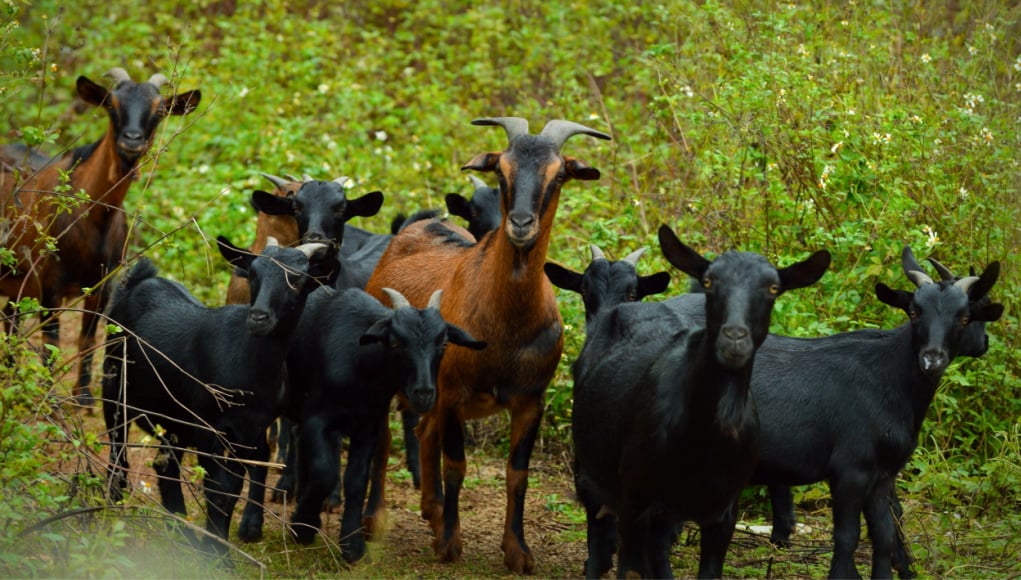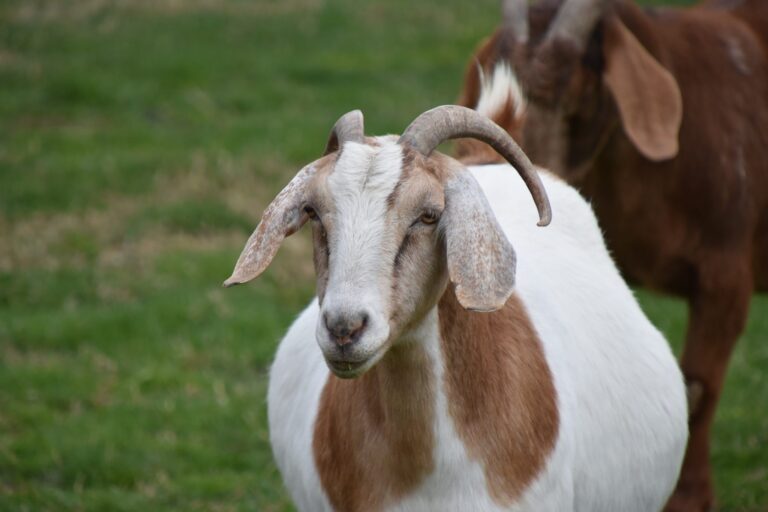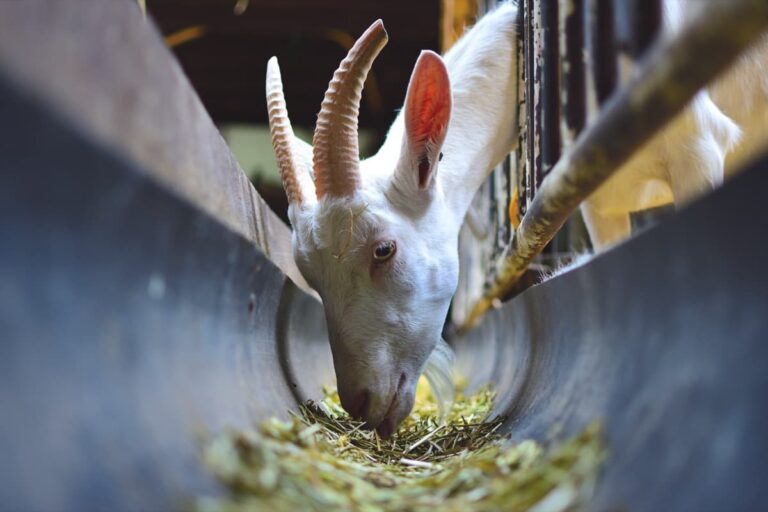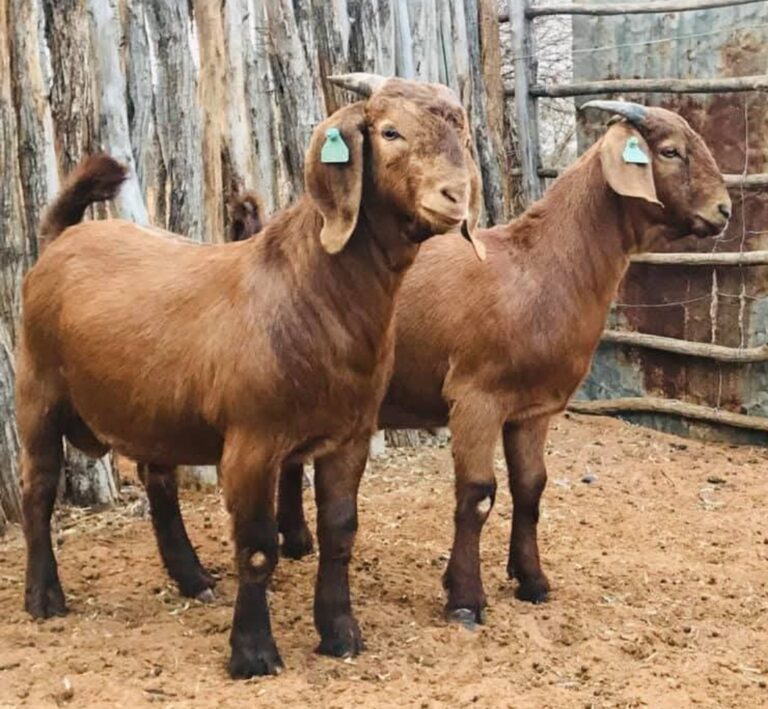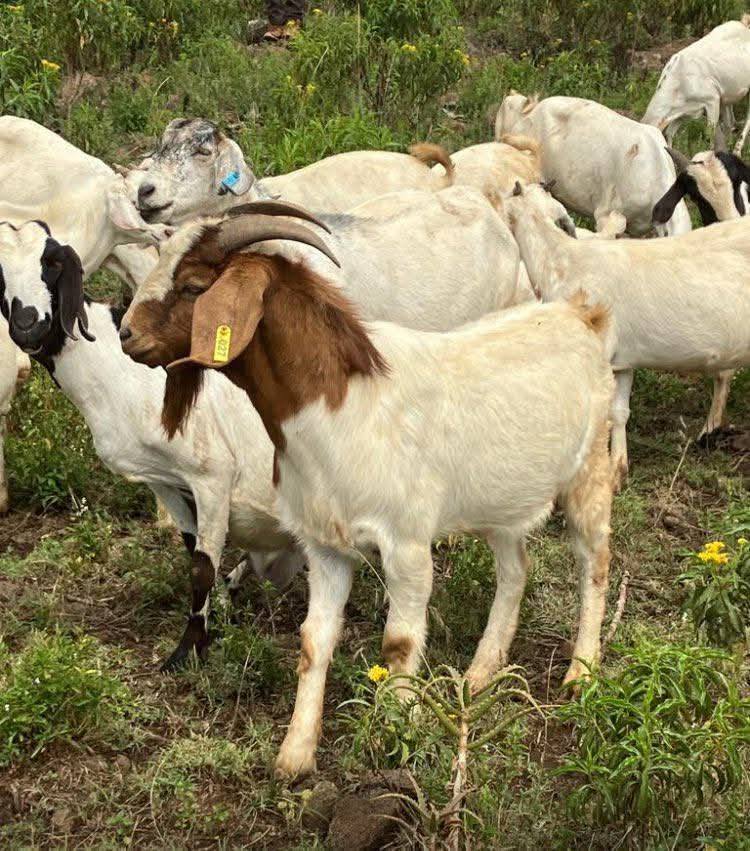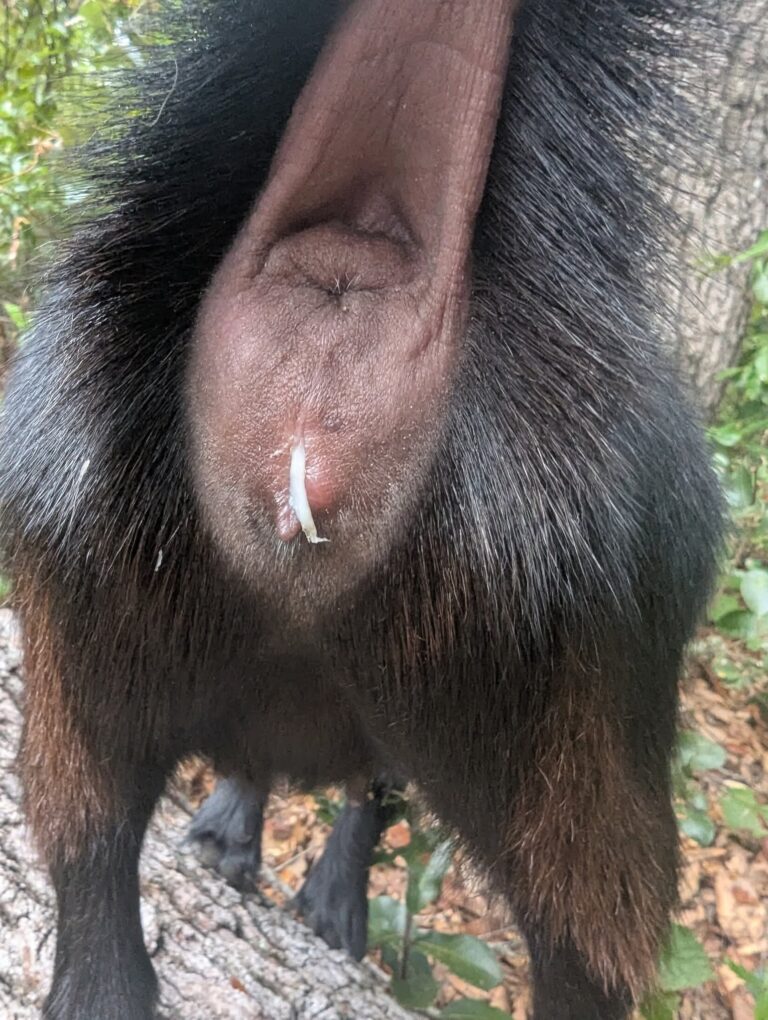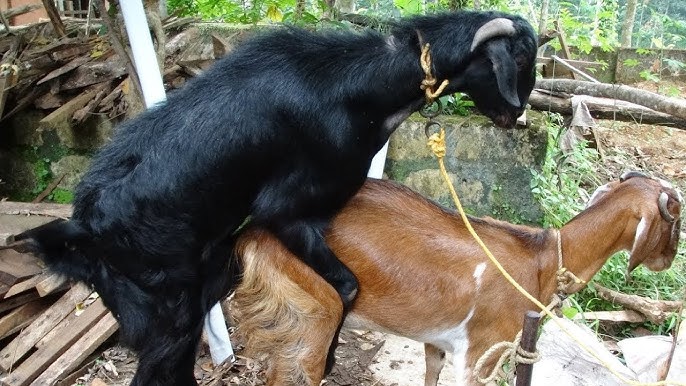Goat farming is one of the fastest-growing livestock enterprises worldwide, and commercial meat goat production holds tremendous potential for both small-scale and large-scale farmers.
Selecting the right breed is often the most critical decision that determines productivity, profitability, and sustainability in goat farming. While management practices, nutrition, and housing matter greatly, no amount of care can compensate for poor genetics.
Farmers who invest in the right meat goat breeds benefit from faster growth rates, higher carcass yields, disease tolerance, and overall better market returns.
This article explores the best meat goat breeds for commercial production, their traits, advantages, and suitability across different farming environments.
Breed Selection in Meat Goat Farming
Choosing the right goat breed is the cornerstone of a profitable meat goat operation.
Meat goats are raised primarily for their carcass yield and growth efficiency. The ideal breed should display rapid weight gain, high feed conversion efficiency, muscular build, and adaptability to different climates.
Additionally, reproductive performance plays a vital role: prolific does that kid regularly and raise hardy offspring ensure consistent returns.
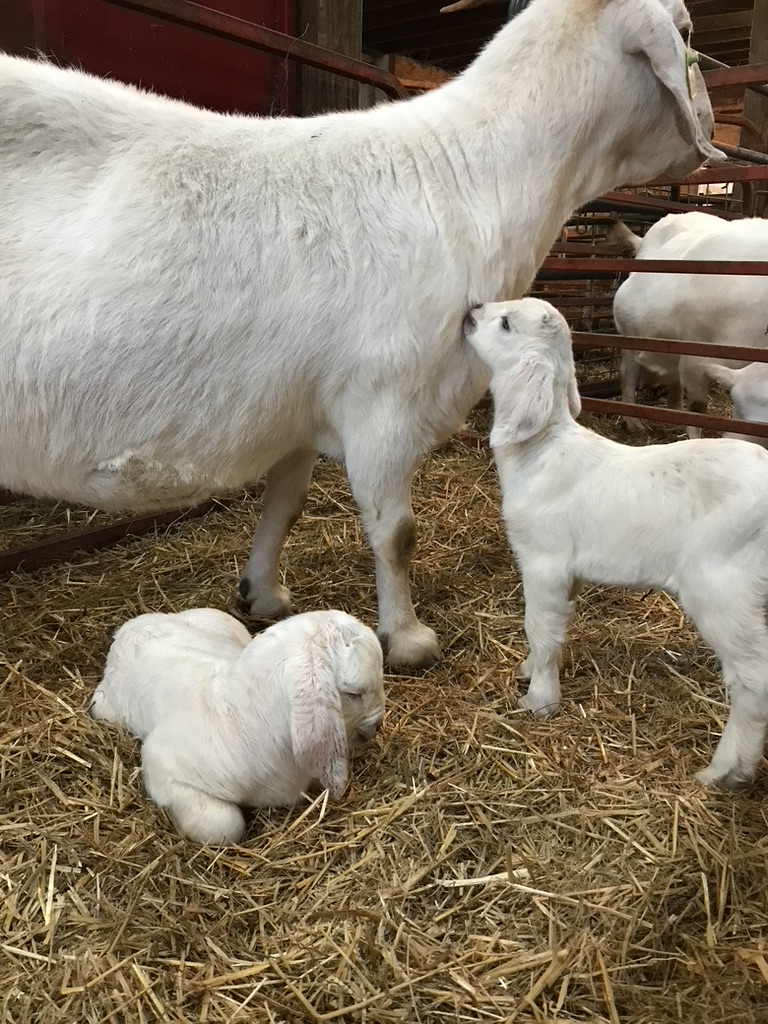
Some breeds excel in intensive commercial systems, while others perform better under low-input, extensive grazing setups.
Understanding these dynamics helps farmers avoid losses and achieve steady growth.
1. Boer Goat
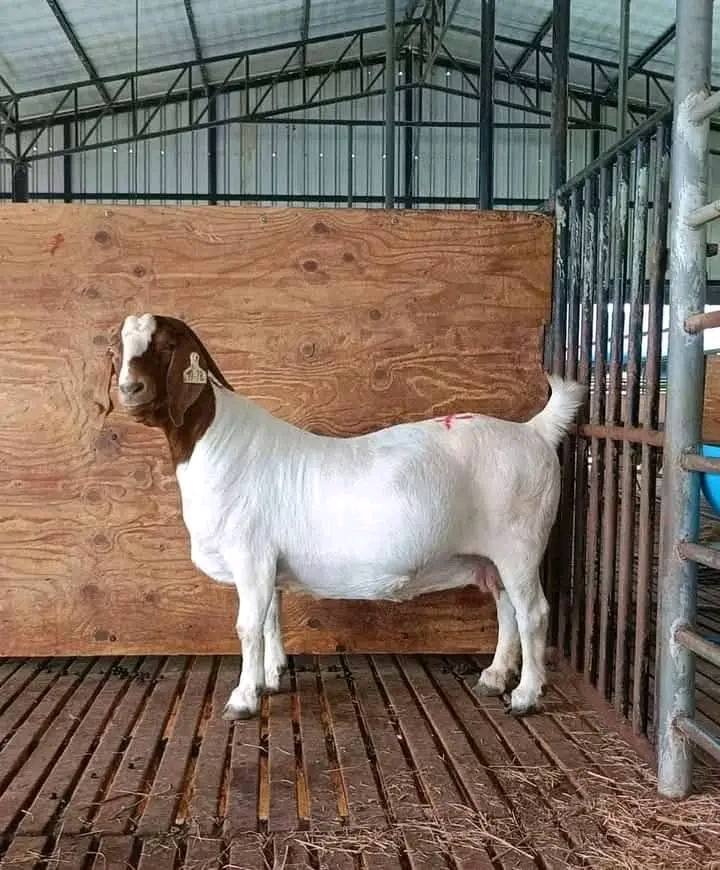
The Boer goat, originally from South Africa, is widely considered the gold standard for meat goat production. Known for its muscular build, distinctive white body with a brown head, and fast growth rate, the Boer has become the foundation breed for commercial meat goat farming globally.
- Growth and Carcass Quality: Boer goats exhibit rapid weight gain, with kids reaching market weight (35–45 kg) in as little as 5–8 months. Their carcass yield is superior, with high dressing percentages and well-developed muscling.
- Reproductive Performance: Does are prolific breeders with an average kidding rate of 2–3 kids per kidding. Their strong mothering ability ensures high survival rates.
- Adaptability: Boer goats thrive in a variety of climates, though they require better management and nutrition than local breeds. Crossbreeding with indigenous goats often produces hardy, fast-growing offspring.
- Commercial Value: Their popularity and demand make Boer goats highly marketable, both for live sales and processed meat.
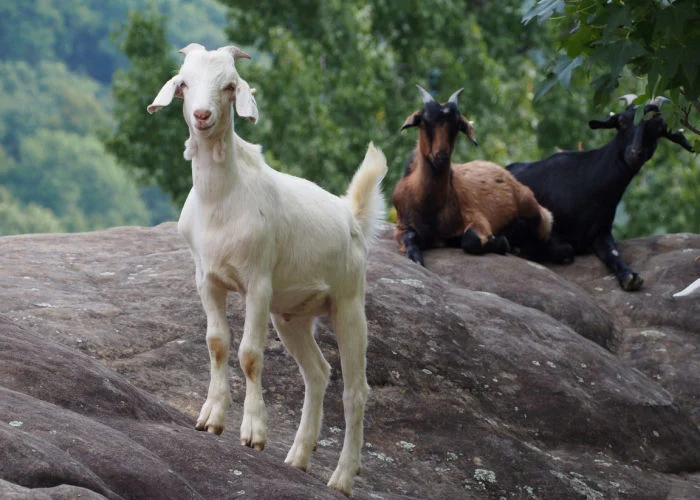
2. Kiko Goat
The Kiko goat, developed in New Zealand, is prized for its hardiness and low-maintenance traits. Farmers seeking profitable goats with minimal input often prefer Kikos for extensive and semi-intensive systems.
- Hariness and Disease Resistance: Kikos excel in harsh conditions with limited feed. They are resistant to parasites and common diseases, making them less costly to raise.
- Growth Rate: While not as fast-growing as Boers, Kikos still achieve competitive weight gains, especially under low-input systems.
- Reproduction: Kiko does are fertile, prolific, and excellent mothers. They breed out of season, allowing year-round kid production.
- Best Use: Kikos are especially valuable for crossbreeding with Boers to combine carcass quality with resilience.
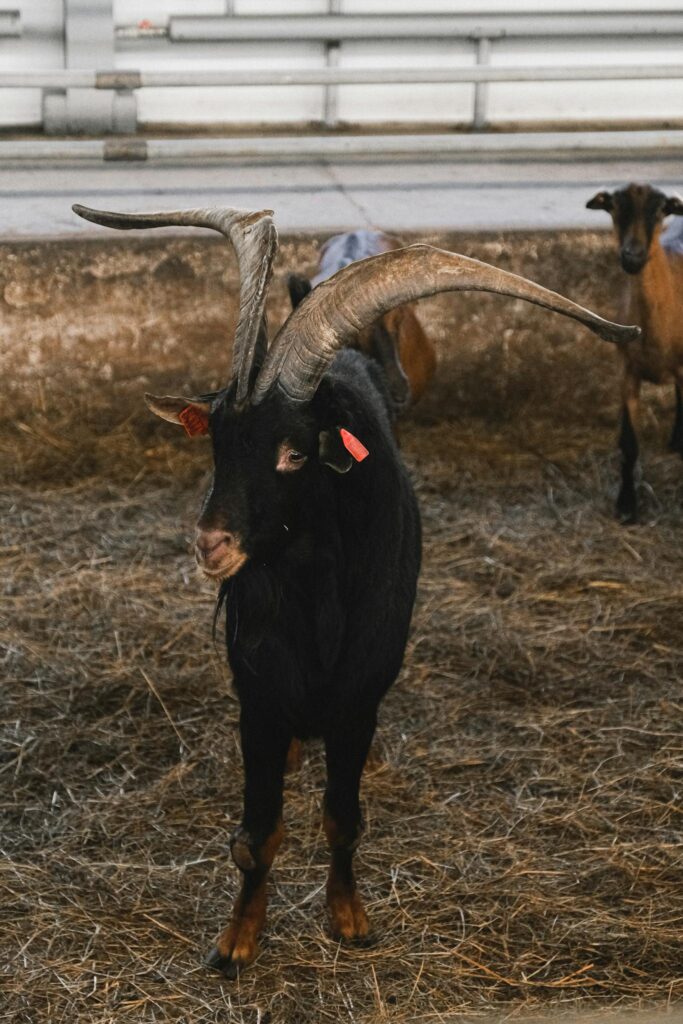
3. Spanish Goat
The Spanish goat, often referred to as the “brush goat,” is native to the United States and has gained a reputation as a hardy, multipurpose meat goat.
- Adaptability: Spanish goats thrive in challenging terrains, making them excellent for brush control and low-input farming.
- Growth Performance: While not as meaty as Boers, Spanish goats grow steadily and maintain good body condition even in harsh environments.
- Reproduction: They are prolific breeders with strong mothering instincts and high kid survival rates.
- Commercial Advantage: Spanish goats may not command as high a price per head as Boer goats, but their low maintenance costs make them profitable in marginal areas.
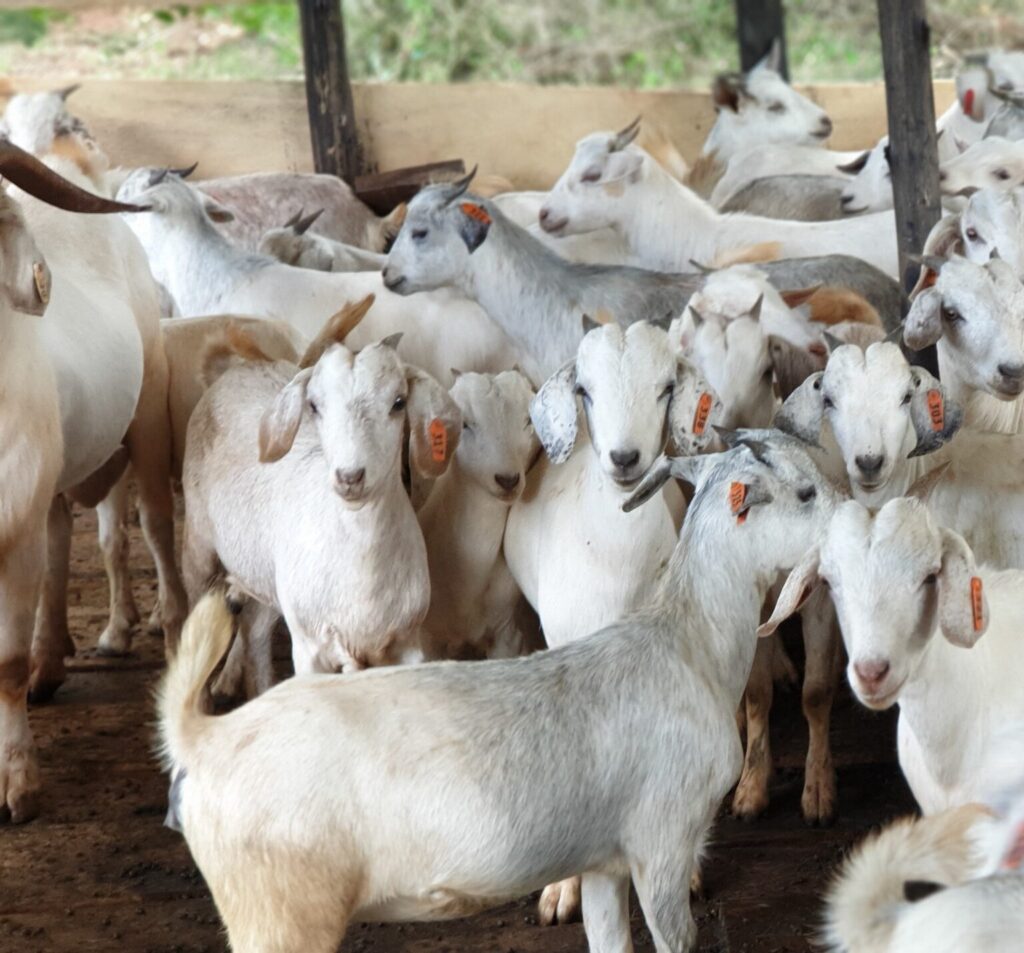
4. Savannah Goat
The Savannah goat, another South African breed, is a close competitor to the Boer in meat production. It has a white coat, hardy constitution, and impressive growth performance.
- Meat Production: Savannah goats yield high-quality carcasses similar to Boer goats.
- Hardiness: Unlike Boers, they are more resistant to diseases and parasites, making them less management-intensive.
- Reproductive Ability: They kid regularly and produce vigorous offspring with high survival rates.
- Commercial Potential: Savannahs are gaining popularity as an alternative to Boers, especially in hot, arid regions.
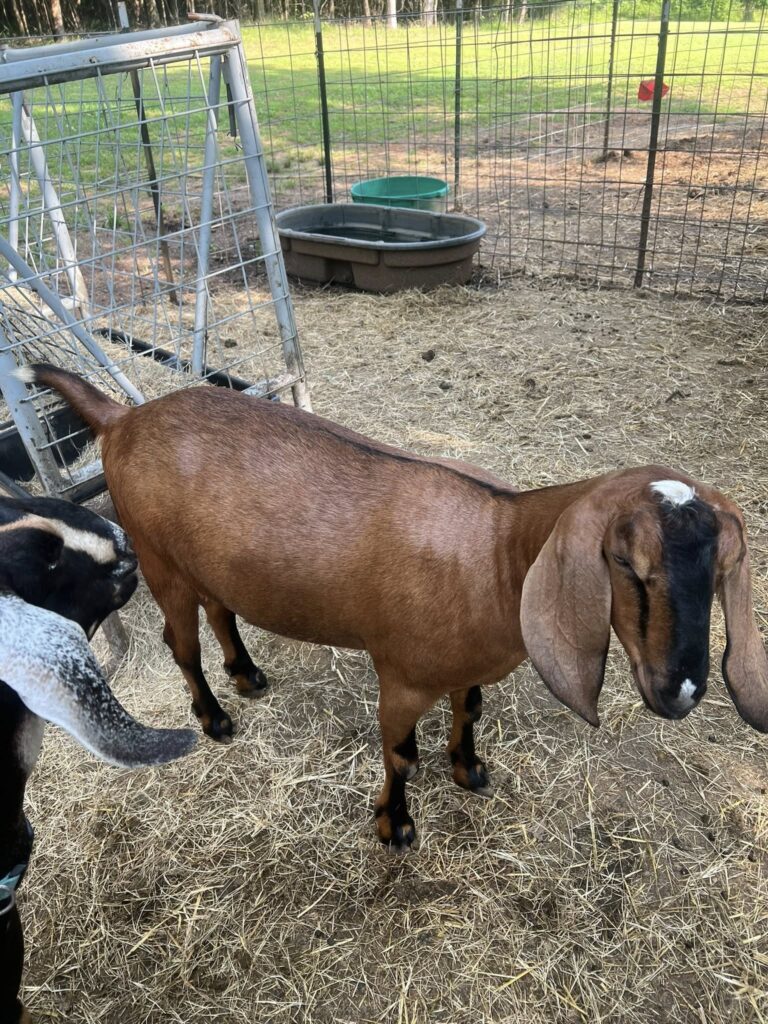
5. Nubian Goat (Dual-Purpose with Meat Advantage)
While primarily known for milk, Nubian goats are also valued in meat production because of their large body size and adaptability.
- Size and Growth: Nubians are among the heaviest dairy breeds, making their wethers (castrated males) suitable for meat.
- Reproduction: They are fertile breeders and often used in crossbreeding programs.
- Adaptability: Nubians adapt well to hot climates, making them suitable for tropical regions.
- Best Use: Though not a pure meat breed, Nubians enhance meat output when crossed with Boers or Kikos.
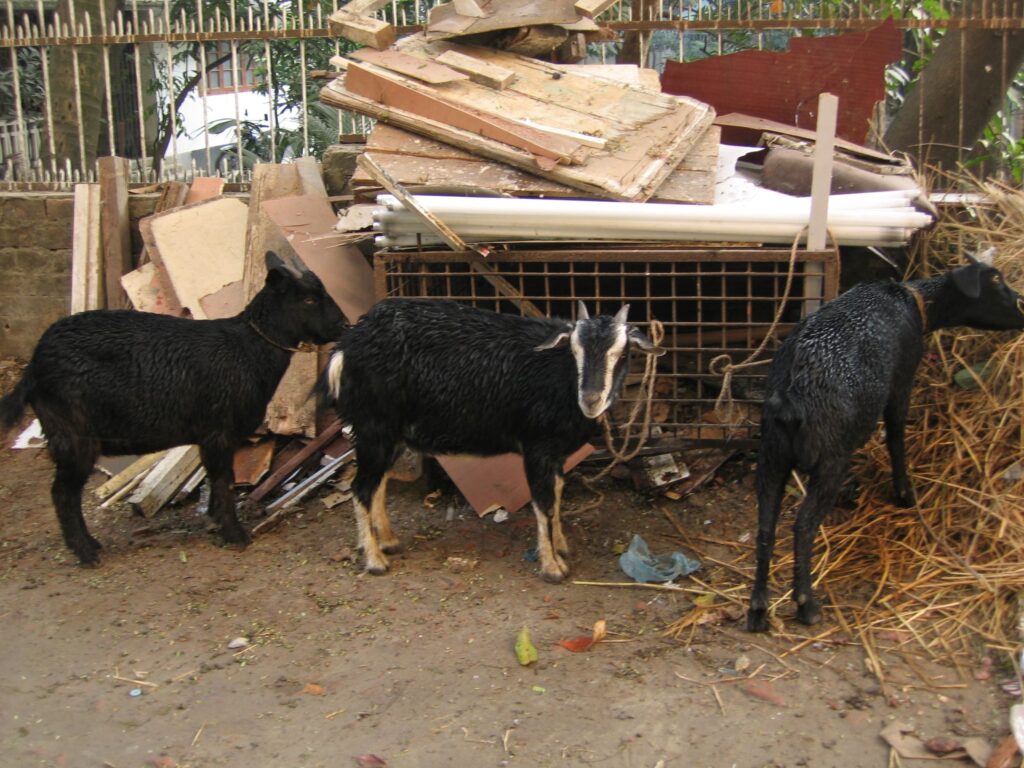
6. Black Bengal Goat (Regional Commercial Importance)
The Black Bengal goat, common in Bangladesh and parts of India, is a small-framed but highly prolific breed with significant commercial meat value.
- Carcass Quality: Despite their small size, they produce meat of superior taste and tenderness, which enjoys high consumer demand.
- Reproductive Efficiency: Does produce 2–3 kids per kidding, with multiple kiddings per year.
- Adaptability: They thrive in humid, tropical climates with minimal inputs.
- Market Value: Their meat is considered gourmet, ensuring premium prices in South Asia.
Crossbreeding for Commercial Advantage
In large-scale goat production, crossbreeding is often the strategy of choice.
If farmers combine the rapid growth and carcass yield of Boers with the resilience of Kikos or Spanish goats, they can achieve the best of both worlds.
Crossbred goats often exhibit heterosis (hybrid vigor), showing improved growth, fertility, and adaptability compared to pure breeds.
This approach reduces risks and increases profitability, particularly in areas with disease and feed challenges.
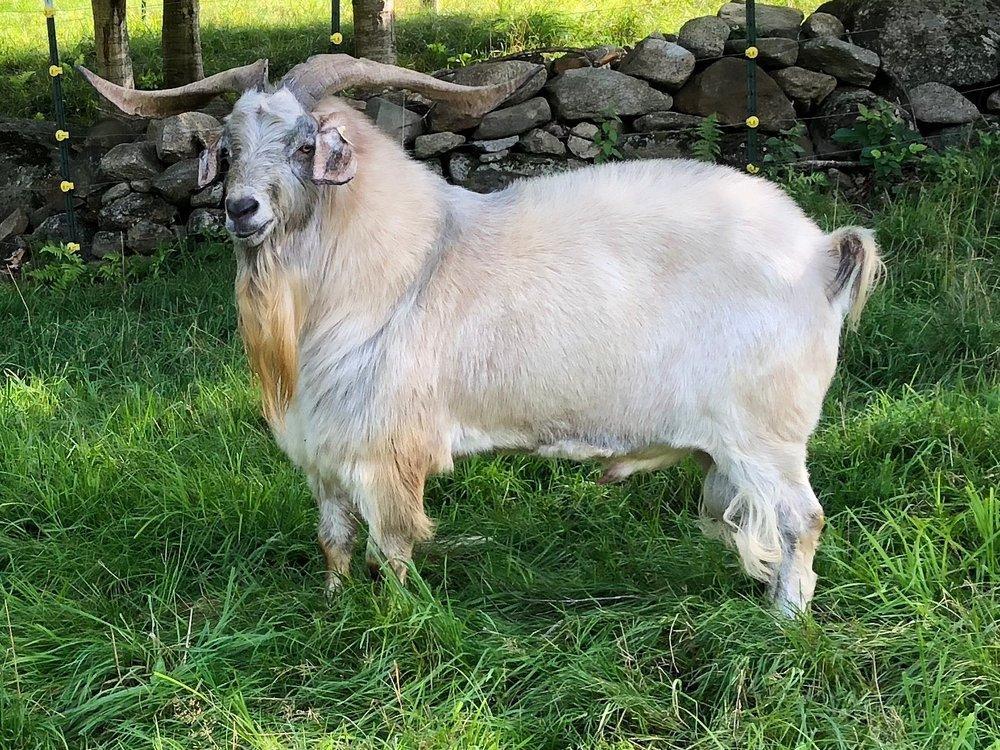
Choosing the Right Breed for Your System
The best meat goat breed for a farm depends on several factors:
- Production Goals: Are you aiming for rapid turnover in a commercial feedlot system or low-cost production in marginal lands?
- Environment: Hot, humid, or arid climates may favor hardy breeds like Kiko, Spanish, or Savannah goats over Boers.
- Market Demand: Some markets prefer large carcasses (favoring Boers and Savannahs), while others prioritize taste (favoring Black Bengal).
- Resources and Management: High-input systems justify Boer investments, while low-input systems benefit more from Kikos or Spanish goats.
Wrapping Up
Goat farmers looking to enter or scale up in commercial meat production must begin with the right genetic foundation.
Boer goats dominate the industry as the global standard, but Kiko, Spanish, Savannah, Nubian, and Black Bengal breeds all offer unique advantages for different contexts.
Crossbreeding further enhances productivity by blending desirable traits.
Ultimately, the best meat goat breed is the one that matches your environment, management style, and market demand.
With the right choice, meat goat farming can become a highly profitable and sustainable enterprise.
Related:

